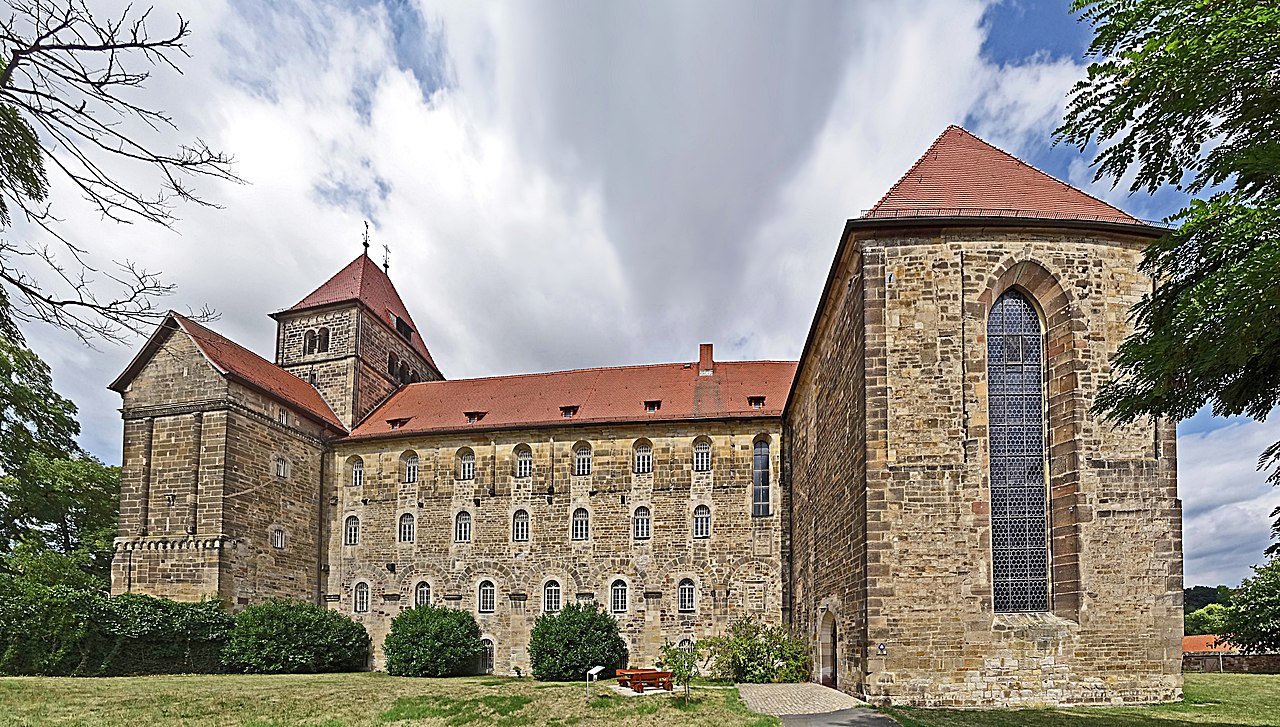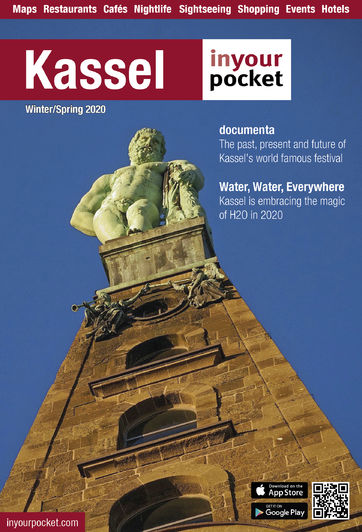
And then, the Nazis.
At this point, what else is there to say? When the entire miserable history of human evil is taken into account, it takes some doing to be universally considered among the most heinous regimes of all time, and the Nazis are first ballot. Once the fascists swept to power, political opponents throughout Germany were arrested and imprisoned, with many finding themselves at Breitenau. The first 28 prisoners arrived on June 16, 1933. Within nine months, the prison population was 470. Of course, as many will know, the term “political opponents” was used extremely liberally by the Nazis, and for Breitenau, it meant communists, trade union members, Jews, and anyone else whose face didn’t fit. In a typically cruel twist, the church on the property continued to operate, often while innocent people were being brutally tortured next door.
As Hitler’s megalomaniacal addiction to violence engulfed the continent and later the world, the violence at Breitenau increased. It was open for the entirety of the war, housing 8,304 prisoners, although the term “housing” doesn’t feel right. Most prisoners stayed at the camp for anywhere between six weeks and three months, but many inevitably stayed longer. Many never left. 80% of the inmates were foreigners, while the remaining number were German citizens charged with “violations against the norms of the national community,” which could be anything from being seen having a friendly conversation with a foreigner to simply being Jewish. The conditions? Grim, which is being kind. The prisoners spent their days engaged in hard labour, working every waking hour with insufficient rations, nonexistent care, and the spectre of brutality around every corner. Unsurprisingly, the conditions killed many.
When the end of the war was in sight, 716 prisoners remained at the camp, 176 of whom were women. Some were moved to Buchenwald, others were sent on a Death March. Some were simply shot. On March 31, 1945, American soldiers liberated the camp, and the horror was over.
Except the horror never truly ends because the violence of Nazi Germany left a stain on history that can never be erased. Bearing witness to this sick period is important, however, and the many Nazi camps across the region have become educational sites for visitors. Breitenau is no different and is free to enter, with guided tours available. The memorial is located in Guxhagen, a simple 20-minute train ride from Kassel, with the camp just a 10-minute walk from the station.
The site is open Tues-Fri 9:00-16:00 and Sun 13:00-17:00. Closed Mon & Sat. Admission is free of charge, although donations are appreciated. Guided tours can be arranged in advance. More info can be found on the official site for the Breitnau Memorial (Gedenkstätte Breitenau).





Comments